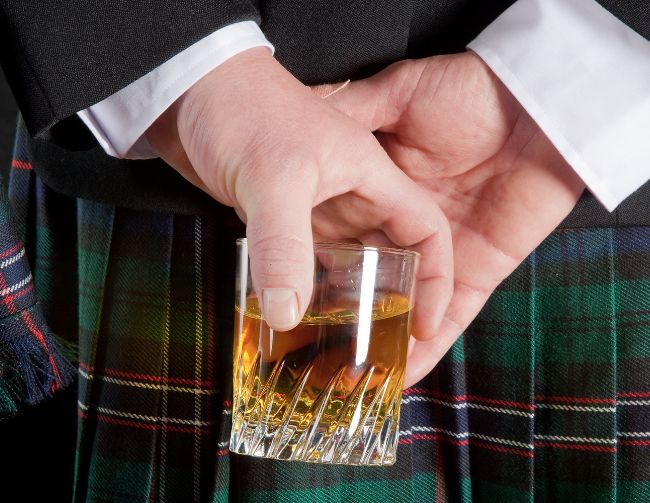Get to know Scotch whisky with our top tasting tips and whiskies to try
Few spirits are as complex as Scotch whisky – and that’s what makes this amazing drink so appealing.
Whether you’re experienced or a novice, follow our top tasting tips designed to widen your palate and flex your whisky-tasting muscle…
1. Know Your Type
First up, get to know what you’re playing with. There’s a wide variety of whiskies, all with their own characteristics, and while whiskies from different locations and distilleries have a huge range of tastes and aromas, there are some main aspects that unite them. Here’s the top varieties to know and try…
SINGLE MALT: made from distilled malted barley that has been matured in oak casks, single malts hail from one distillery, and can vary hugely in flavour, with aromas and tastes that can vary from the light and floral, to the spicy, earthy and smoky.
BLENDED WHISKY: blends contain a mix of malt and grain whiskies and have a more rounded character.
GRAIN WHISKY: made from grains like wheat and corn rather than the more common malted barley, grain whiskies are often added to blends, but drunk on their own can have a velvety, soft and sweet nature.
PEATED WHISKY: in peated whiskies, the malt has undergone an additional process, by smoking it with burning peat (ancient vegetal matter). Unsurprisingly this gives the whiskies a smoky character, with additional flavours of the vegetation of origin such as seaweed or heather.

2. How To Have It
The way you drink your whisky is a matter of much debate, with purists believing anything but straight up is blasphemy. Whatevs, we say take it how you like it and damn their eyes! Here are some ways you might like to try yours (in fact for the perfect tasting we recommend all five, to get an all-round sense of the spirit)…
STRAIGHT UP: pour a nip of whisky at room temperature into a rocks or tulip-shaped glass (you may want to let it sit for a few minutes), sniff-in the aromas, then take a sip and let the warming mouthfeel and flavours go to town on your tastebuds. It helps to read the tasting notes on the bottle, to help guide you in what you’re smelling and tasting.
ADD A SPLASH: now add a splash of spring water – this helps to neutralize the alcohol while expanding the aromas and flavours of the whisky.
ICE ICE BABY: some people like to add "rocks" (ice) to neat whisky, in order to cool down the heat of the alcohol, which can be a good idea when you first start to drink whiskies. One tip: the larger the ice cube the slower the melt, meaning your whisky will be less diluted (that's a good thing).
MIX IT UP: you might not always want to drink neat whisky, especially when you’re out and about and need to pace yourself, so start to experiment with mixers for flavours that complement best. Our faves are a blended whisky with soda water or ginger ale.
GET DIRTY WITH IT: whisky purists, cover your eyes now. If you really want to get to know your whisky inside and out, we suggest creating a whisky-based cocktail like a Whisky Sour with whisky, lemon and sugar syrup, or Blarney Stone with whisky, lime and ginger, to understand how its unique flavours work alongside other spirits and mixers. Go on, live a little.
3. Perfect Match
Since you’re on a full flavour adventure, push the boat out and add some foods that complement rather than overthrow the whisky. Here’s what to pair with what…
STRONG: Heavily peated whiskies will need robust and smoky flavours like blue cheese, smoked salmon and steak to stand strong beside them.
LIGHT: Unpeated single malts can have creamy and nutty finishes, so pair well with soft cheeses like goats and brie, and light seafoods like oysters.
CLEANSER: If you’re having a tasting session, have a bowl of plain water crackers on hand, in case you need to cleanse your palate between whiskies.





